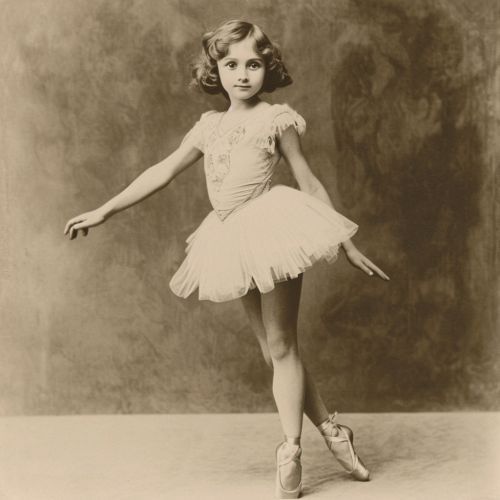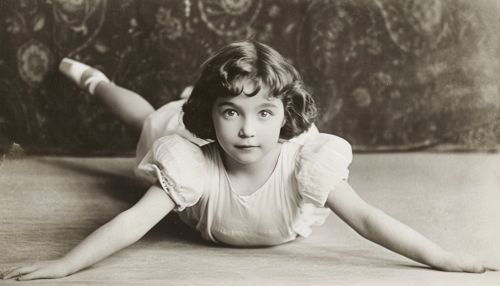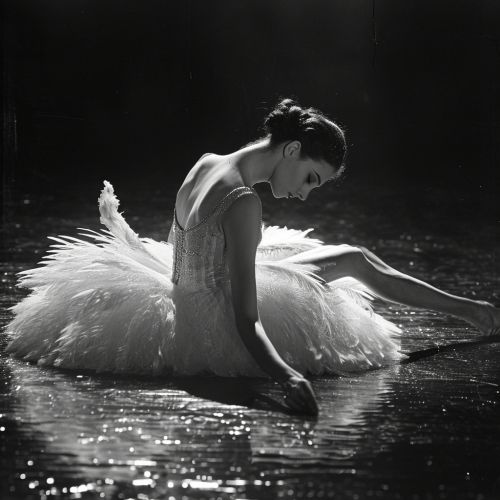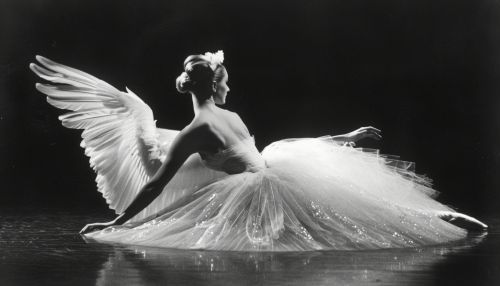Anna Pavlova
Early Life
Anna Pavlova was born on February 12, 1881, in Saint Petersburg, Russia. She was the daughter of a laundress, and her father's identity is not certain. Pavlova's passion for the art of ballet began at a young age. When she was eight years old, her mother took her to a performance of The Sleeping Beauty at the Mariinsky Theatre. The spectacle of the ballet, the costumes, and the grace of the dancers captivated her, and she decided then and there to dedicate her life to this art form.


Training
Pavlova auditioned for the Imperial Ballet School at the age of nine. Despite her small size and frail health, she was accepted into the school due to her exceptional talent and potential. Pavlova trained under the guidance of renowned ballet masters such as Enrico Cecchetti, Christian Johansson, and Pavel Gerdt. Her training was rigorous and demanding, often involving long hours of practice and physical exertion. However, Pavlova's determination and passion for ballet helped her to persevere and excel in her studies.
Career
Pavlova joined the Imperial Russian Ballet in 1899, at the age of 18. She quickly rose through the ranks, becoming a prima ballerina in 1906. Pavlova's performances were noted for their emotionality and expressiveness, as well as her technical skill. She was particularly known for her performances in ballets such as Giselle, The Nutcracker, and Swan Lake.
In 1907, Pavlova created the role of The Dying Swan, a solo ballet piece choreographed by Michel Fokine. This performance, set to the music of Camille Saint-Saëns, became one of Pavlova's most iconic roles and is often associated with her. The piece showcased Pavlova's ability to convey deep emotion through her dance, and her interpretation of the swan's final moments became a symbol of the fragility and beauty of life.


In addition to her work with the Imperial Russian Ballet, Pavlova also formed her own dance company in 1911. With this company, she toured extensively around the world, bringing ballet to audiences who had never seen it before. Pavlova's tours took her to countries such as India, Japan, Australia, and South America. Her performances were met with great acclaim, and she is credited with popularizing ballet in many parts of the world.
Legacy
Anna Pavlova died on January 23, 1931, in The Hague, Netherlands. Her death was a great loss to the world of ballet, but her influence and legacy continue to be felt today. Pavlova's dedication to her art, her innovative performances, and her efforts to bring ballet to a wider audience have made her a significant figure in the history of dance.
Many dancers and choreographers have been inspired by Pavlova's work, and her performances continue to be studied and admired. The Anna Pavlova Memorial Museum in Saint Petersburg is dedicated to preserving her memory and showcasing her contributions to the world of ballet.
